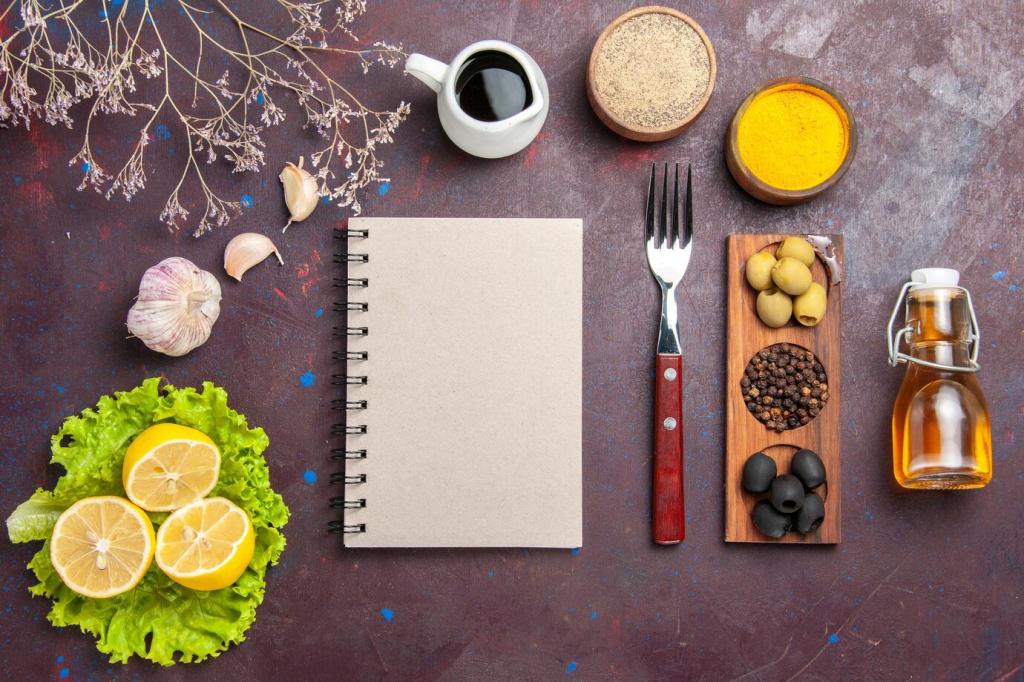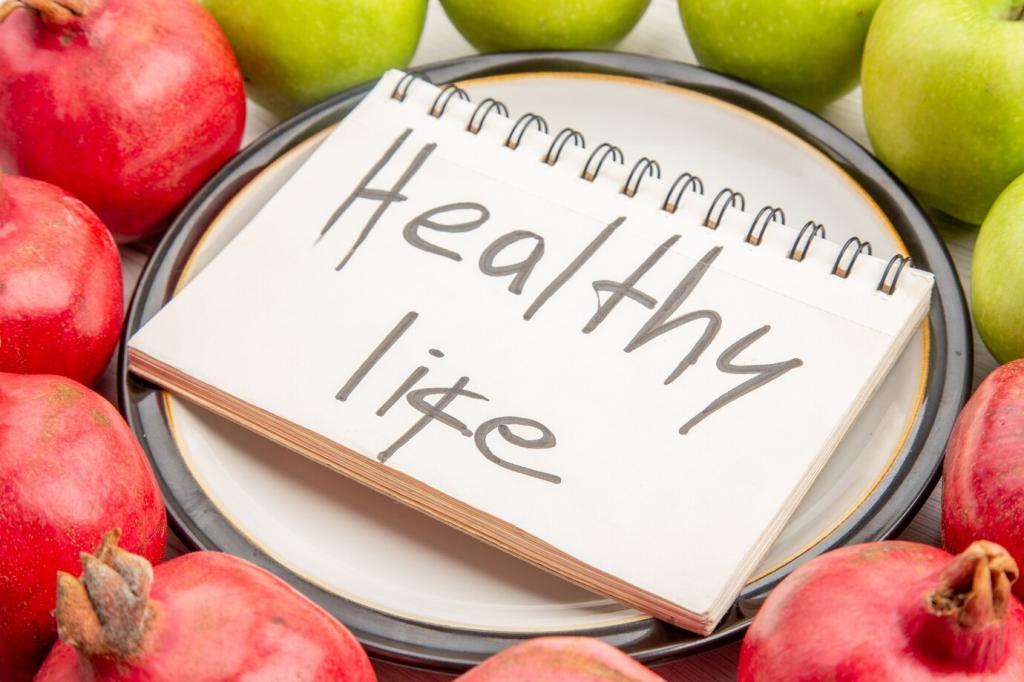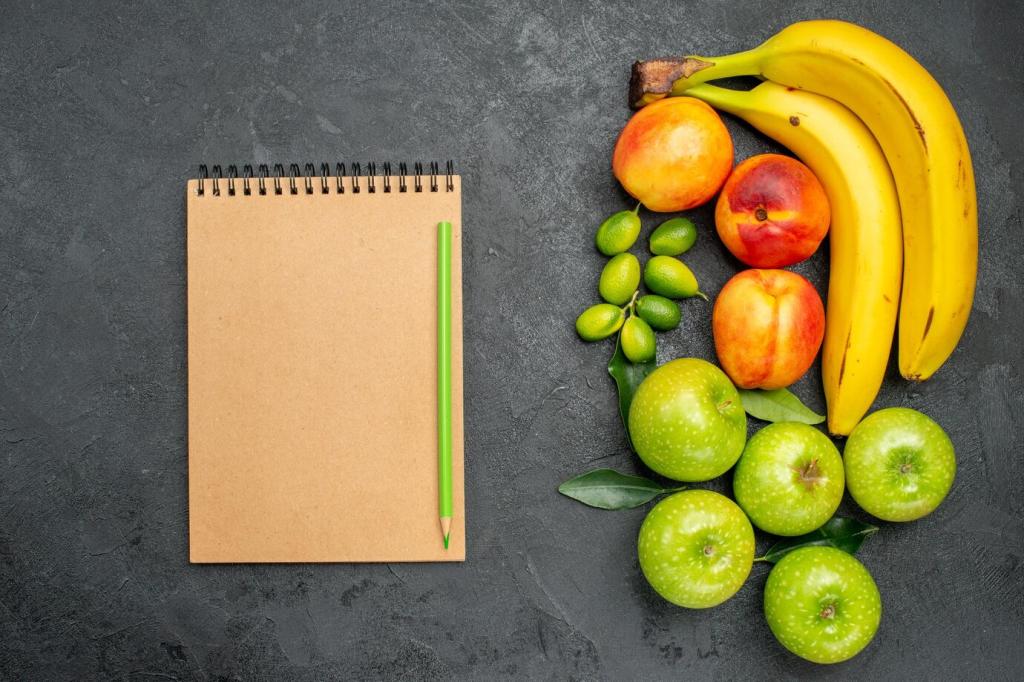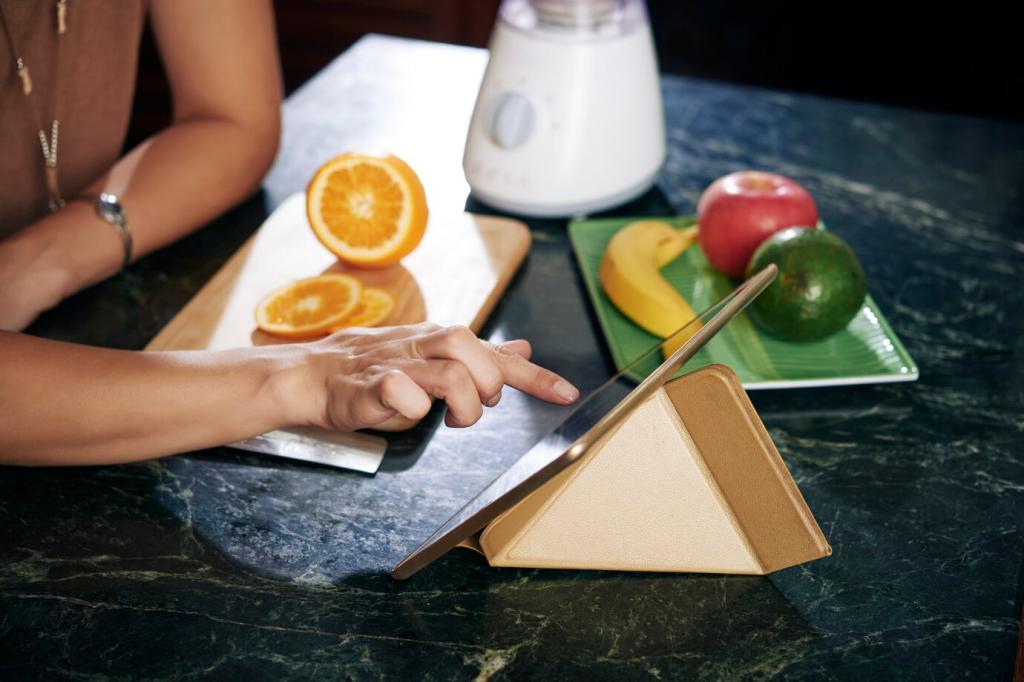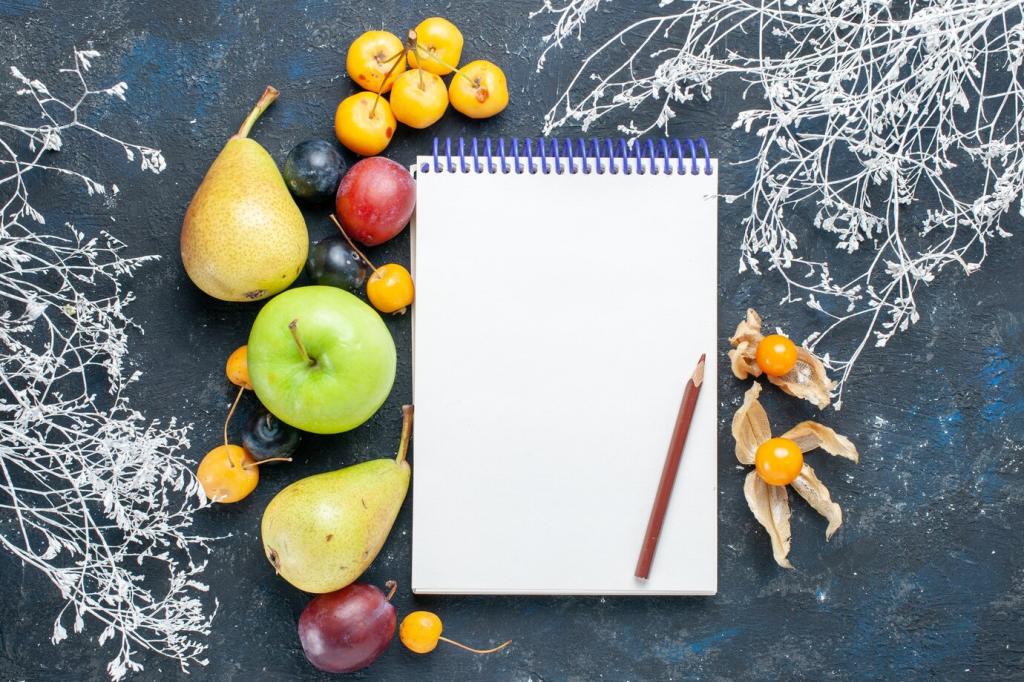Know Your Sweat: The Foundation of Hydration
Weigh yourself before and after a workout, track what you drank, and note bathroom breaks. The difference reveals your sweat rate per hour. A marathoner named Luis discovered he lost more than a liter an hour at threshold pace, transforming his fueling and finishing strong without late-race cramping. Try this test twice a season and share your results.
Know Your Sweat: The Foundation of Hydration
Hot, sticky air reduces evaporation, pushing sweat to drip rather than cool. Faster efforts accelerate loss too. On an overcast day, Mia’s sweat rate was manageable; a week later in humid heat, it nearly doubled. Note temperature, humidity, wind, and pace in your training log so your hydration plan evolves with the weather, not against it.

